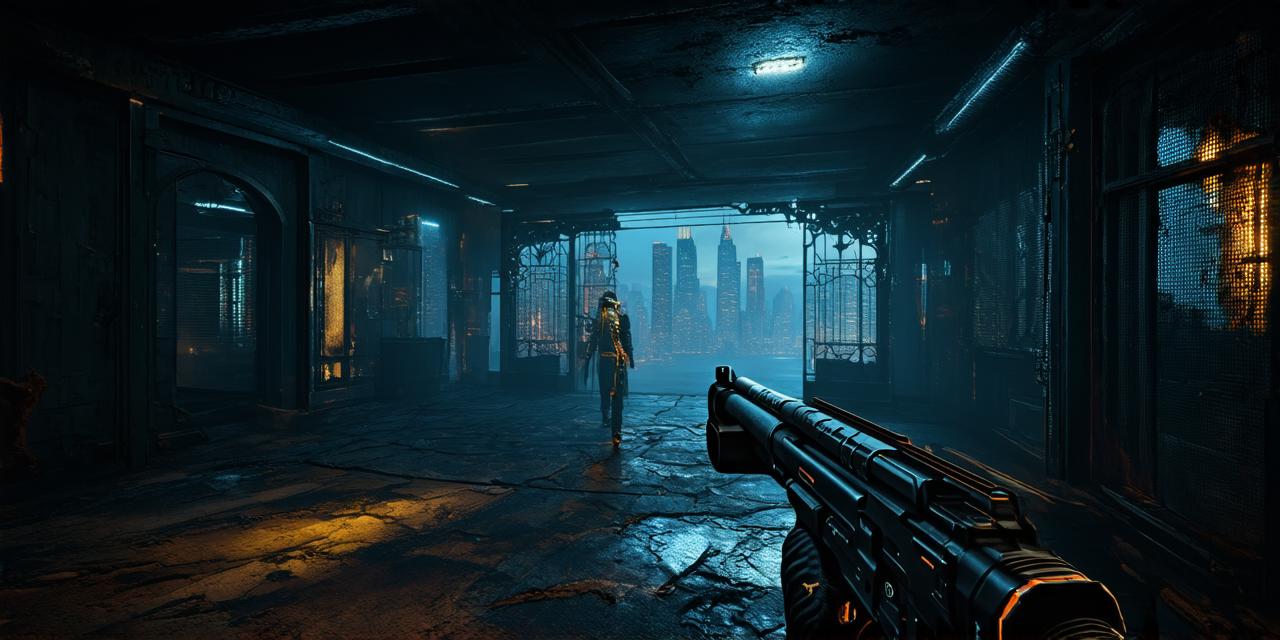What is Undead Development?
Undead development refers to the creation of video games that feature undead creatures, such as zombies or vampires, as the main protagonists or antagonists. These games often involve combat with these undead enemies, as well as survival and exploration elements. Undead development has been a popular genre in traditional gaming for decades, but it’s only recently that it’s begun to gain traction on VR platforms.
The Advantages of Undead Development in VR
There are several reasons why undead development is well-suited for VR technology. Firstly, the immersive nature of VR allows players to fully engage with the game world and feel like they’re really part of the action. This is especially true for undead games, where players can experience the terror of being hunted by flesh-eating monsters in a way that traditional gaming simply cannot replicate.
Secondly, VR technology provides an opportunity to create more realistic and visceral experiences than traditional gaming. With VR, players can truly feel like they’re standing toe-to-toe with their undead enemies, dodging their claws and watching as they sink their teeth into their flesh. This level of realism is impossible to achieve on a 2D screen, and it’s one of the reasons why VR has become so popular in recent years.
Thirdly, VR technology provides developers with new tools for creating interactive and engaging gameplay experiences. With VR, players can interact with their environment in ways that were previously impossible, such as climbing on walls or using objects to barricade themselves against enemies. This level of interaction is what makes VR gaming so unique and immersive, and it’s why developers are drawn to this technology.
Examples of Undead Development in VR
There are several examples of undead development in VR that are worth exploring. One of the most popular is “Beat Saber,” a rhythm game that combines music with zombie slaying. In “Beat Saber,” players use light sabers to slice through incoming zombie waves, matching their movements to the beat of the music. The game is highly addictive and has become a cultural phenomenon, with millions of players around the world enjoying its unique blend of rhythm and horror.
Another example of undead development in VR is “Resident Evil 7: Biohazard,” a survival horror game that takes place in a haunted mansion. Players must navigate the mansion and fight off waves of zombies-like creatures while uncovering the secrets of the mansion’s past. The game was praised for its VR support, with many players describing it as one of the most immersive and terrifying experiences they’ve ever had.
A third example is “Alien: Isolation,” a survival horror game that takes place on a space station infested with a deadly alien creature. Players must navigate the station and avoid detection while trying to escape before the creature catches up to them. The game was praised for its VR support, with many players describing it as one of the most immersive and terrifying experiences they’ve ever had.
The Future of Undead Development in VR
Undead development is likely to continue growing in popularity on VR platforms in the coming years. As technology continues to advance, developers will have access to even more tools for creating immersive and interactive gameplay experiences. This means we can expect to see even more unique and innovative undead games in the future.
In conclusion, undead development is a highly engaging and immersive genre that is well-suited for VR technology. The advantages of VR technology, such as immersion, realism, and interaction, make it an ideal platform for undead games. Whether you’re a fan of zombie slaying or survival horror, there are plenty of
